History proves that wars have been always won if forces could turn technologies to advantage. As an example, in 1415, English King Henry V could take over the French at the Battle of Agincourt due to his archers and their newly developed longbows. In this sense, the war in Ukraine may become another case, when technologies might decide the outcome of the war.
Further reading: Here Is How Russia – Ukraine Crisis Will Affect The Technology Industry
Social Media And Their Role In The War In Ukraine
Though big tech companies have taken steps to restrict Russian state media from using social media to comment on the war in Ukraine, this war is known also for being closely related to technology.
When talking about technologies used in a war, the first thing that comes to our minds is propaganda and misinformation. But the truth is there are myriads of ways of using technology and there are myriads of purposes they can be used for.
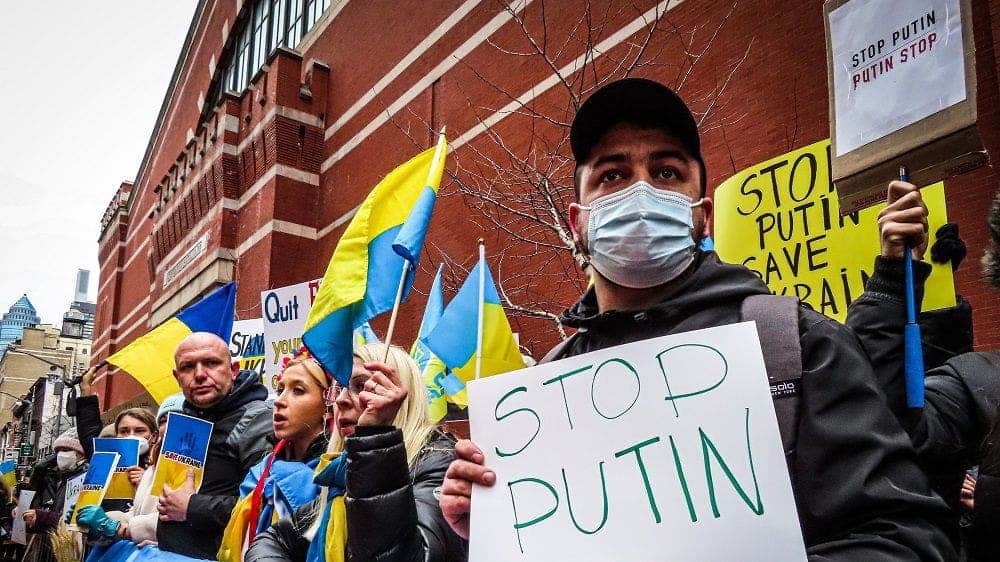
The tech used in the war in Ukraine made it the most internet-accessible war in history. Through any social platform such as Twitter, Facebook, TikTok, etc., you can watch various videos from the battlefield. Besides this, this war has changed the way large tech companies do business and earn money. This is obvious because tech companies are linked to power nowadays. For instance, governments freely use social platforms to spread propaganda, intimidate their critics, or just further their political agendas. On the contrary, activists use the same platforms to mobilize their followers, call out despots, and organize mass actions against governments.
Are Social Platforms Neutral?
In this regard, Foreign Policy points out four factors that indicate how platforms do business now.
Tech companies have been saying that they are neutral and they just distribute information. Thus, they have been proving to be apolitical. Therefore, they are not responsible for content. Though there has been pressure on Twitter and Facebook accusing them of helping Holocaust deniers or conspiracy theorists, only in 2020, Facebook began revising its policy in terms of content control. And the war in Ukraine destroyed the myth of neutrality.
- YouTube has blocked the Russian state media; it has removed over 1,000 channels and 15,000 videos.
- Facebook blocked the official Russian outlets RT and Sputnik in the European Union. Also, monetizing and ads do not work for Russian accounts.
- Twitter restricted advertising in Ukraine and Russia. Plus, it has reduced the visibility of tweets posted by Russian state-affiliated media outlets.
Governments Control Tech Companies
However, this is not anything new. We mean the tech companies have been always feeling the breath of governments on their necks. For instance, in Nigeria, the government suspended Twitter for seven months. Only after Twitter opened an office in the country and worked with the government to establish a “code of conduct”, it was allowed to resume operation.
Any kind of restrictions drives substitute apps and systems. For example, in 2010, the Chinese government restricted Facebook and Google. Now, they have their own apps such as WeChat, QQ, etc. We can say the same for HarmonyOS, Huawei’s own version of Android. The same is happening in Russia now. As Google’s Play Market doesn’t operate in Russia, they have created their own app store. Of course, this not only opens new perspectives for local developers and tech companies but also allows the governments to control content spread by the platforms.
Technologies Used In The War In Ukraine
We should also note that Ukraine showcased ingenuity at quickly turning commercial technology into military capability. Ukraine uses drones, AI, and space technologies to demonstrate its muscles.
- Ukrainian forces used 3D printers to add tail fins to Soviet-era anti-tank grenades. As a result, a $100 grenade is able to destroy Russian vehicles costing hundreds of thousands or millions of dollars.
- A Ukrainian AI company, Primer modified its commercial AI-enabled voice transcription and translation service so that it could understand intercepted Russian communications and highlight information concerning the Ukrainian forces.
- As for space technologies, satellite images showed murdered civilians laying at the roadside some with their hands and legs bound. Russia said those images are fake and have nothing in common with their “special operation” in Ukraine. They said the Russian troops left the city before the images were taken (March 30). But satellite images from space-tech company Maxar captured on March 18, when the Russian forces were still in control, showed the bodies lying dead on the roadside in exactly the same locations.

Commercial Techs In War
Trust mentions several ways tech companies use their services and products to help Ukrainians.
- Home rental company Airbnb has offered free, temporary housing for up to 100,000 refugees fleeing Ukraine.
- Using charities and cryptocurrencies, Ukraine’s government has raised almost $13 million.
- But Russia used this new kind of currency in a better way. According to official data, the Russian government’s local holdings of cryptocurrencies are $200 bln. This is 12% of the world’s total. Moreover, there are 17 million Russians owning cryptocurrencies; half a million computer programmers work in the field. Not accidentally, Russia is the world’s third country in terms of Bitcoin network-mining activity. After sanctions, Putin called for the use of surplus energy for crypto mining. That’s why for many Russians, the sanctions and disconnection from Swift don’t have any effect.
New Application of Facial Recognition Technology
Ukraine is also using AI-based facial recognition software to identify killed Russian personnel and notify their relatives of their deaths. According to the country’s vice prime minister Mykhailo Fedorov, they utilize Clearview AI. The latter uses facial recognition to discover the social media profiles of the killed soldiers.
A month ago, we all worked on FaceID and CRM systems to process calls for eServices. Now, we work on automatic identification of occupiers' corpses and autodial RU subscribers to tell the truth about the war. We have all changed. And we all do different things. Glory to Ukraine!
— Mykhailo Fedorov (@FedorovMykhailo) March 23, 2022
“As a courtesy to the mothers of those soldiers, we are disseminating this information over social media to at least let families know that they’ve lost their sons and to then enable them to come to collect their bodies,” said Fedorov.
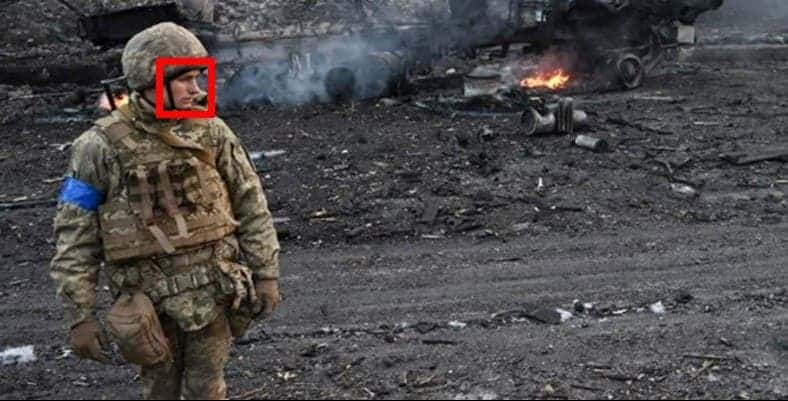
Clearview CEO Hoan Ton-That told Reuters that they have access to more than 2 billion images from the Russian social media service VKontakte. As a reference, the latter has more than 10 billion photos.

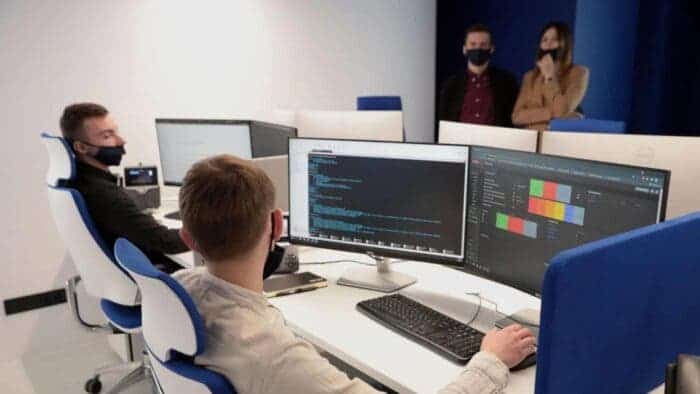

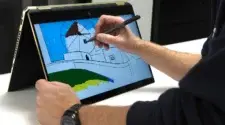
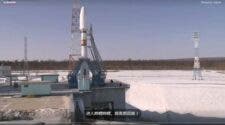

NO War articles PLEASE!